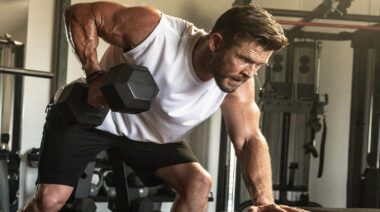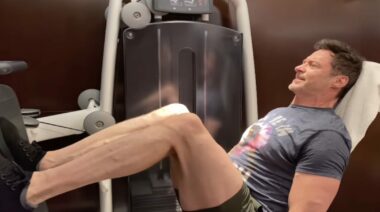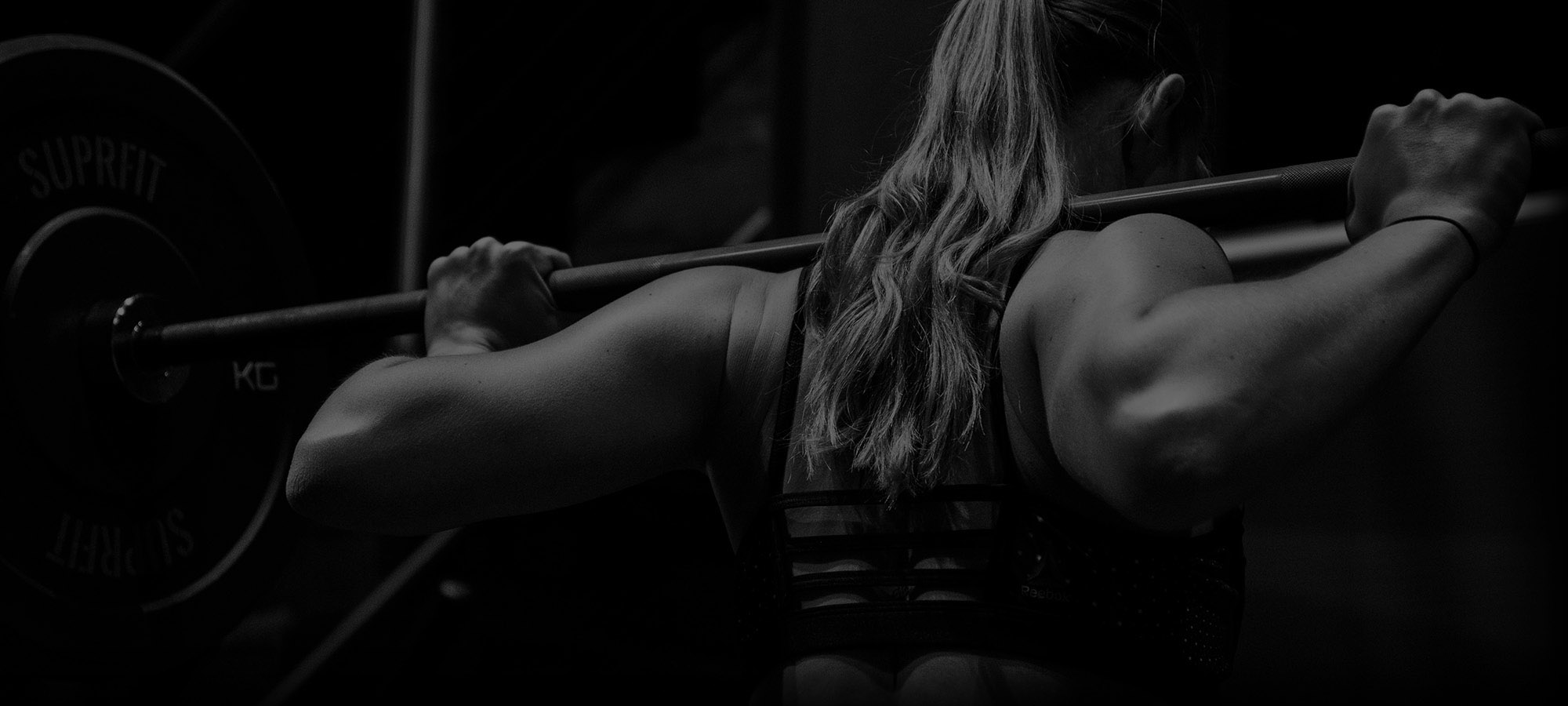The idea of building speed using exercises that don’t require you to move may seem asinine to you, but you would be wrong. Isometric exercises for speed are a phenomenal addition to your overall agility and speed training.
Developing Speed
There are a lot of components to speed when it comes to training the human body, but here are three of the main factors:
- Your fast-twitch muscle fibers.
- Your weight. Bruce Lee’s speed training would be a very different game than Arnold Schwarzenegger’s.
- Your body’s ability to handle torque. This is one of one of the most critical aspects of speed training, and one that isometric exercises can develop while many other training approaches cannot.
Muscle Fibers
While there are many different fiber types, there are three main muscle fibers:
- Slow Twitch – Used mainly for endurance, as with your neck or your core muscles
- Intermediate – These have the qualities of both slow- and fast-twitch muscle fibers
- Fast Twitch – These are responsible for quick muscle contractions like for punching or sprinting.
“When you are performing a movement with incredible momentum, your muscles are only doing some of the work – kinetic energy does most of it.”
In fact, fast-twitch muscle fibers can contract ten times faster than slow-twitch fibers. This is the kind of muscle that you really want to develop to train speed – and it’s likely that you’re doing it so, so wrong.
How to Train Fast-Twitch Muscles
If you want to train fast-twitch muscles, you have to move fast, right? No, you don’t. In fact, you can increase your injury risk in doing that. Being fast-twitch muscle only means that it’s the fastest to fire and the fastest to fatigue. Trying to build that by moving fast works your momentum much more than your actual muscle.
The difference in which muscle fibers you build comes not from your training speed, but your training intensity. If you do an isometric exercise that involves holding a half-full cup of water out at arm’s length for four hours a day, you’ll develop lots of slow-twitch muscle because the intensity over time is low.
If, instead, you tried to do a shoulder raise on that same arm at maximal intensity for a fraction of the time, like seven to twelve seconds, you would fatigue the fast-twitch muscle fibers (and even all the muscle fibers) much more quickly. Intensity is key to your speed training, not the speed of the movement itself.
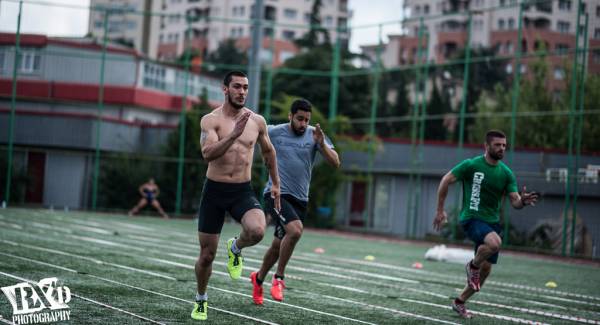
Increasing Your Movement Speed
It may seem counterintuitive, but trying to increase the speed of your movement is the reason that isometric exercises can be better than plyometric exercises for speed. The idea for both plyometric and maximal isometric exercises is that you explode out from the beginning of the exercise.
The difference with a maximal isometric exercise is that you explode with intensity, but you don’t actually move, like trying to push against a brick wall with all your might. Plyometric training involves you exploding into a movement, like explosive jumps or explosive clapping push ups.
“The reason that isometric exercises are much better in the long run for joint and tendon health in speed development is torque.”
Different studies argue back and forth on whether isometrics or plyometrics are overall better for muscle speed, but it is irrefutable that isometric exercises are immensely better for the joints and tendons. While isometrics progressively build upon the strength of the tendons and ligaments, plyometrics tear and inflame the joints you look to train.
Old-time strongman Alexander Zass attributed the strength benefits he got from isometric training not just to his muscle strength, but also to the incredible development of the tendons in his body. This gave him the power to do things like bend steel bars. In fact, this same approach to training has given me the tendon and nerve power to do things like roll a Teflon-coated frying pan with my hands.
Isometric Versus Plyometric Exercise
A 2007 study published in the Journal of Strength and Conditioning Research on the effects of plyometric versus isometric exercise on force development concluded:
Plyometric training has been shown to place large stresses on the body, which can lead to a potential for injury, whereas explosive isometric training has been shown here to provide similar benefits to that of plyometric training with respect to the measured variables, but with reduced impact forces, and would therefore provide a useful adjunct for athletic training programs within a 6-week time frame.
The reason that isometric exercises are much better in the long run for joint and tendon health in speed development is torque. When you are performing a movement with incredible momentum, your muscles are only doing some of the work – kinetic energy does most of it. It’s like pushing a boulder down a hill. A powerful force is needed to get the boulder moving, but the momentum drives the rest.
With all that momentum, you also need something of great force to stop that “boulder.” For the human body, that means using our joints, tendons, and ligaments. And the greater your mass, the stronger effect that momentum has on your joints and the higher the impact your structural integrity has to deal with.
In contrast, isometric exercises for speed limit the use of repetitive movements, channel constructive impact force, and decrease the overall chance of injury on the body’s structure. So, here are two isometric speed drills you can use that are incredible for boosting sprinting or punching speed. And you don’t even necessarily need any equipment to do them.
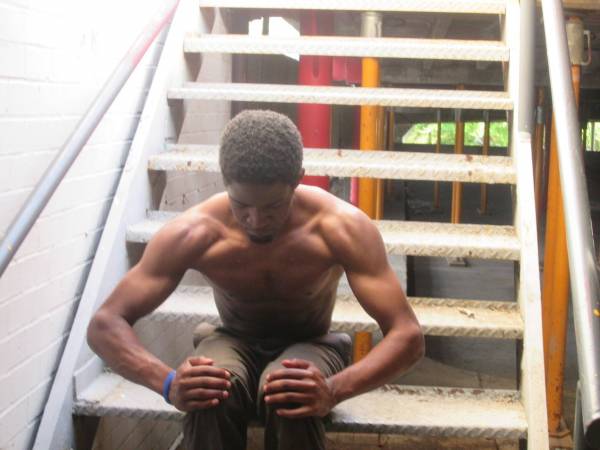
The ability to produce large amounts of stationary force directly relates to your potential for explosive power.
Isometric Sled Drill
- Grab a weight sled and load it up with as much weight as you can.
- Have a partner grab the opposite side of the sled.
- Your goal is to push the sled with all your might while your partner applies force from the other side to ensure the sled doesn’t actually move.
- Apply force for 7-12 seconds for a total of 8 times, as quickly as you can. Take a short break if you need to in order to complete all 8 reps, but the quicker you get it all done, the more beneficial the exercise. The whole set should take under 3 minutes.
Because this exercise incorporates multiple muscle groups, your nervous system will get a massive impact. The lower you can lunge into the weight and the more you can get your hips, glutes, and calves into the movement, the more I’ve found it transfers powerfully to sprinting.
“The difference with a maximal isometric exercise is that you explode with intensity, but you don’t actually move, like trying to push against a brick wall with all your might. “
If you don’t have access to a weight sled, try the same thing with a wall (note: the more grip on the bottom of your shoes, the better).
The Wall Punch Drill
I enjoy this punch-training drill because it incorporates scapular strength. With seventeen different muscles connected to the scapula, the overall tendon strength benefit you can get from doing this exercise can transfer to a number of pushing movements.
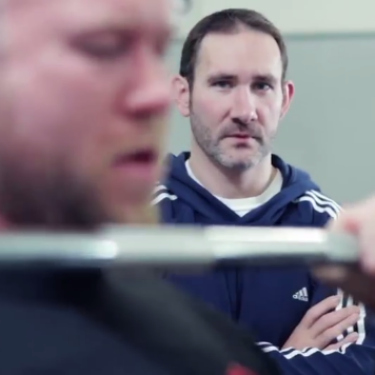
Scapular strength is something that most people – especially desk workers – need to develop.
All you need is a wall.
- Put your fist on the wall as if you were starting a punch, but with your elbow perpendicular to your torso, out to the side of your body. Think of throwing a big ol’ haymaker.
- Apply force to the wall as if you were trying to punch through it for 7-12 seconds.
- Step back a bit so you are mid-punch and do the same thing.
- Repeat with your arm fully extended in punch position.
- Start all over again with your fist on the wall as if you were starting a punch, but do this with your elbows tight to your body, as if you were squeezing a magazine between your arm and rib cage.
- Apply max pressure with your arm in this position for 7-12 seconds, then step back and do the same mid extension and full extension.
- Do all the same steps with the opposite arm.
This movement is more isolated and targets a smaller muscle group, so you will not need to do eight reps of each, just one. By practicing this exercise, both the speed and strength of your motion will improve.
Check out these related articles:
- Isometric Training – What It is and How to Do It Correctly
- Working at a Stand Still – How to Do Isometric Training
- Alexander Zass Teaches Us About Isometrics
- What’s New On Breaking Muscle Today
References:
1. “Torque and Training Overeight Clients.” IDEA Health and Fitness Association. 2005. Accessed June 8, 2015.
2. Burgess, KE, MJ Connick, P. Graham-Smith, and SJ Pearson. “Plyometric vs. Isometric Training Influences on Tendon Properties and Muscle Output.” Journal of Strength and Conditioning Research. 2007 Aug; 21(3):986-9.
Photos 1 and 2 courtesy of RX’d Photography.


